Dosas are a South Indian specialty food that is craved by all Indians, irrespective of which place in india they belong to. Traditionally, Dosas (and Idlis)are breakfast items from the South indian kitchen. However, they have slowly and steadily made their way and their mark as appetizers/snacks or even as main course meals. Dosas taste great on their own (my kids love them with ketchup) but they taste even better when they are accompanied by a spicy and tangy lentil curry (Sambhar )or with a coconut chutney. Masala Dosas are dosas that are stuffed with a potato filing and they are definitely ‘Main course’! The one slightly annoying thing about making dosas (for the cook!) is that it needs to be served right out of the pan onto the plate to retain its crispiness. It does not taste half as good when it is served cold.
Making Dosas in the US especially in winter times was challenging at first. in my first year in the US, I would be so frustrated that my dosa (and idli )batter would not rise at all! But then I figured out ways to make it work – Basically I place the batter inside a warm oven so it can still ferment. Also I had to work with my basic blender which was not really heavy-duty to grind rice. Hence I started substituting rice with rice flour and it works beautifully and is a lot more convenient as well.
Idli is another breakfast bread that has essentially the same dough as dosas. There are only very slight differences between the two. One difference is that ‘Idli’ batter is thicker than the dosa batter. For Idli batter, I also use some cooked rice and also a mixture of coarse rice flour and regular rice flour. You can also use the same basic recipe for both Dosas and Idlis – so much easier since you can just make one large batch of batter and then use it to make both items. Only thing to remember is to not add too much water while grinding otherwise you will not be able to make idlis with the same batter. So what I do is to keep it thick when I grind and then separate the batter into two portions, one for dosas and the other for making idlis.
So my dosa recipe is as follows:
This recipe will make a batter enough for about 25-30 dosas
Ingredients: 1 cup urad dal (split black gram lentils ) washed first and then soaked in water overnight or for about 6-8 hours 2 cups rice flour 1 tsp salt 1/2 cup rava or semolina (for making crispy dosa - optional) Water- enough to make a thick batter
Method:
Grind the soaked urad dal using the water used to soak them. Use enough water just so you can get a nice pasty consistency. Take a large wide vessel or a cooking pot(which has room for the batter to expand) and add the ground lentil paste to it. Then add the rice flour and slowly mix well using a wooden spoon by circular movements with your hands. Once all the rice flour is mixed well with the urad dal (lentil ) batter, slowly add little water at a time and continue mixing until batter is still thick but pourable. ( if you take a spoonful of batter and try to pour it, it should fall slowly).
Now cover the vessel and keep in a warm place to ferment overnight or at least 8 hours. (If you are living in a country where the room temperature is not very warm, say less than 70 deg F, then heat your oven up to its lowest setting and then immediately turn it off. Now open the oven and place the batter vessel in it overnight or for 8 hours)
The dough is fermented when you see that it has risen to up to almost 1.5 – 2 times its original volume.
For making dosas, to this thick batter slowly add some water (about 1/4 th cup) and mix until you have a slightly thinner consistency (pancake batter like). To make crispier dosas, add 1/4 cup semolina to the batter . Add salt and mix well. Now the batter is ready to make dosas.
Heat a dosa pan (or a cast iron skillet). When the pan is very hot, take a wet paper towel (or a wet cloth) and wipe the pan to make the surface less hot so you can spread the dosa. And then immediately, take a ladle full of dosa batter and spread in circular motion going from the middle to the sides to get a nice round and thin dosa. Add some oil on the edges of the circle to make the dosa crispier. Cook with a lid for a minute to let it cook and then take the lid off and cook for about 1 minute more until the edges turn crispy. Take the dosa out of the pan using a nice thin spatula. Repeat the same procedure every time to get crispy dosas.
Notes:
1. The consistency of the batter is very important for it to ferment. So make sure that your batter is thick but still pourable consistency. If it is very thick, then your idli batter won’t ferment and rise well. At the same time if your batter is too thin, then again the batter will not ferment and rise well so the consistency has to be somewhere in the middle.
2. If you live in a warm tropical place where room temperatures are high (above 80 deg F) then do not leave the batter to ferment for a long time – Not only can it overflow out of the vessel (yes it has happened to me once !) but it can also overferment giving it a very bad odor and a very sour taste.




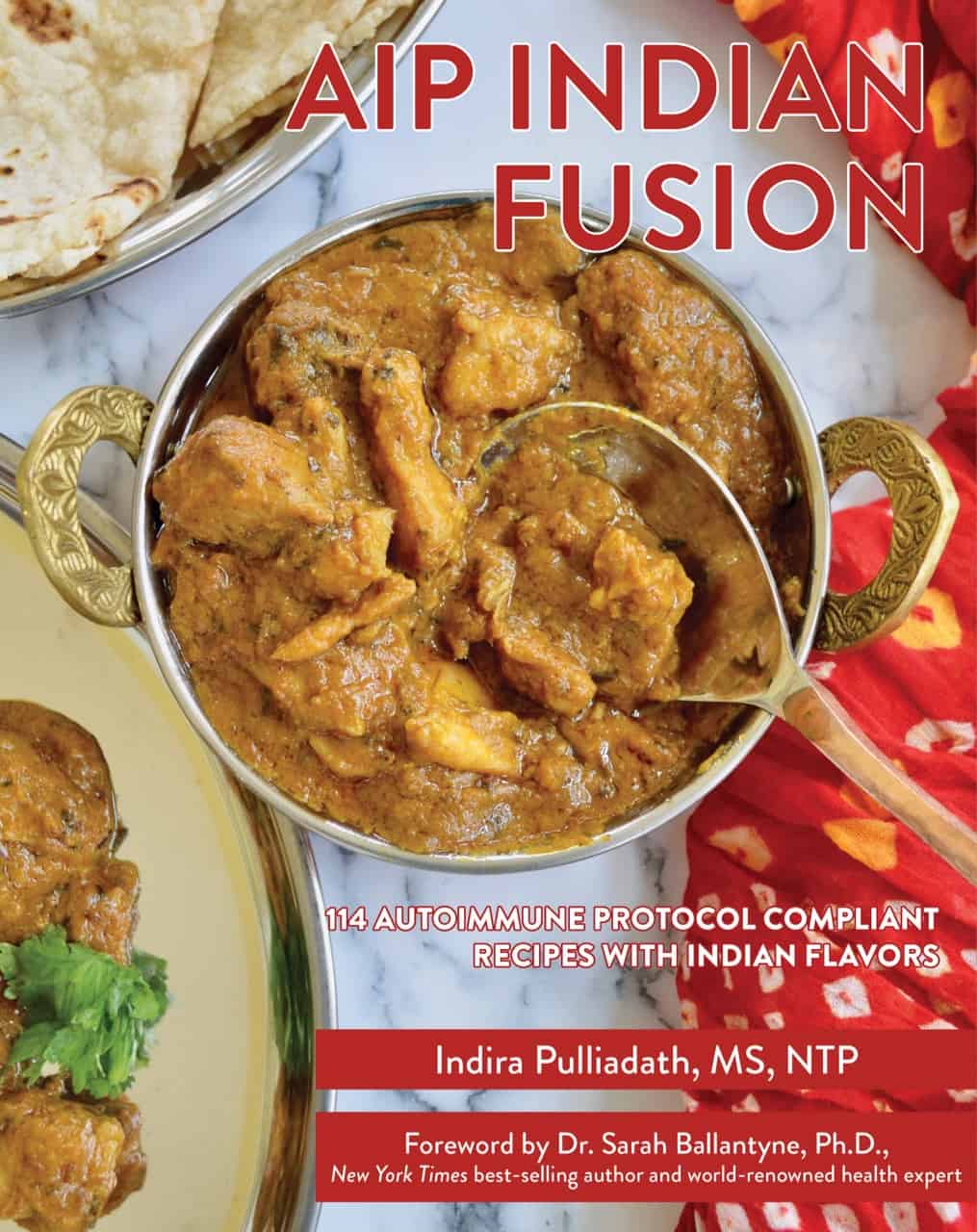
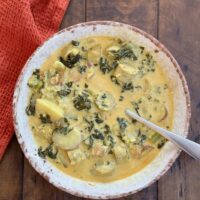

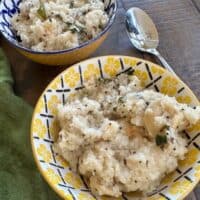

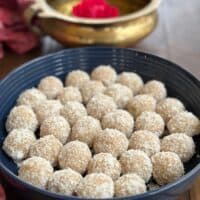
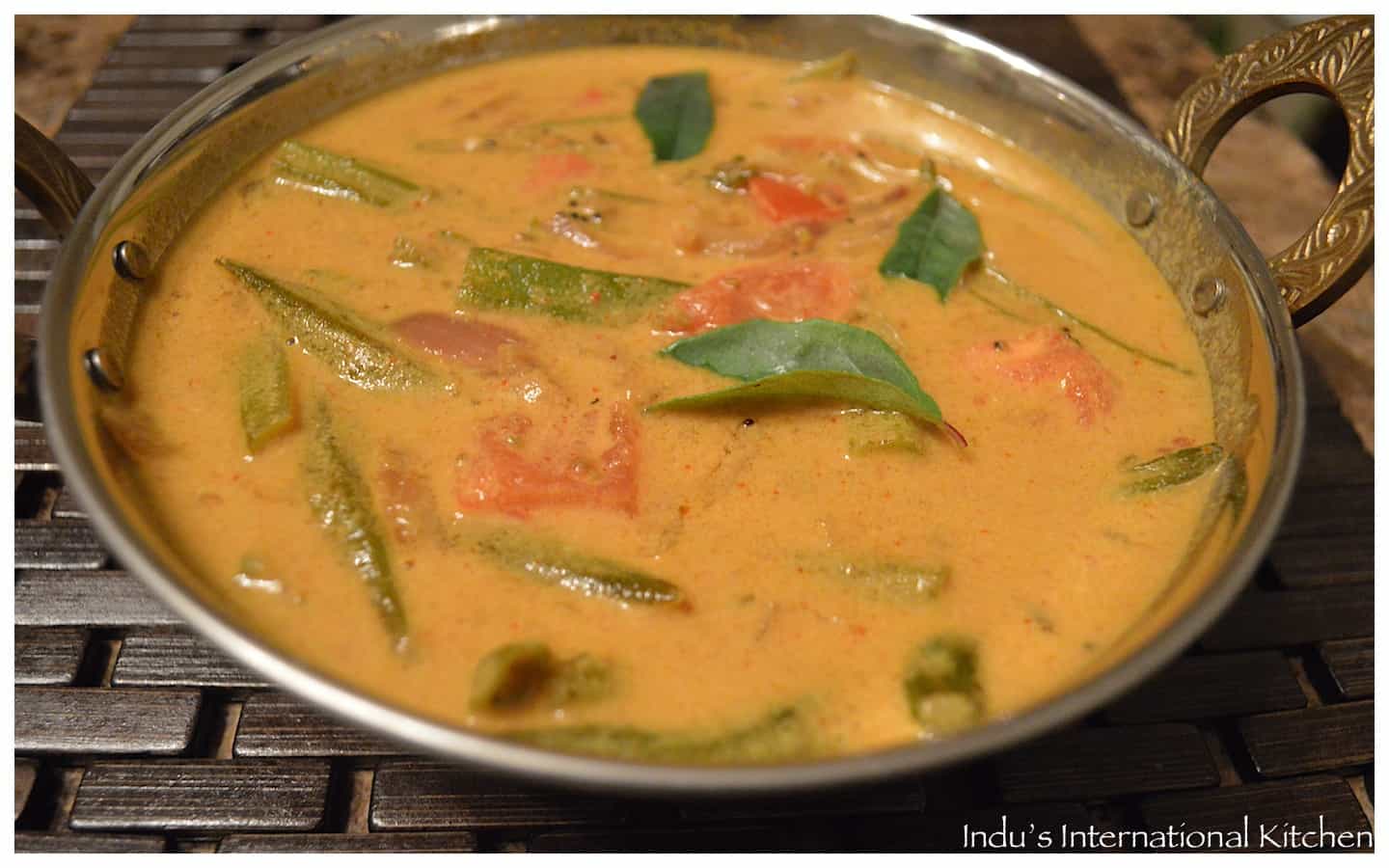

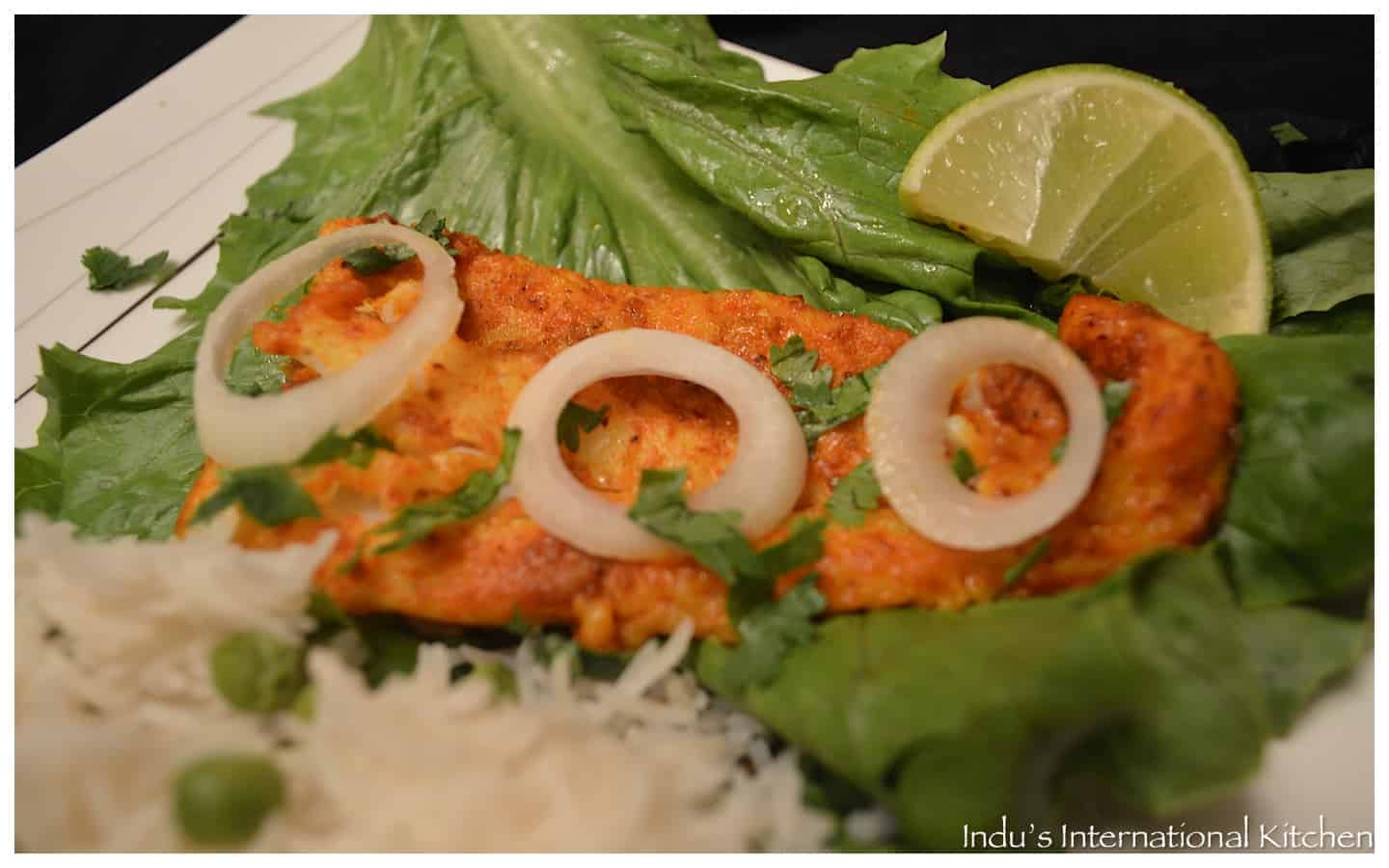


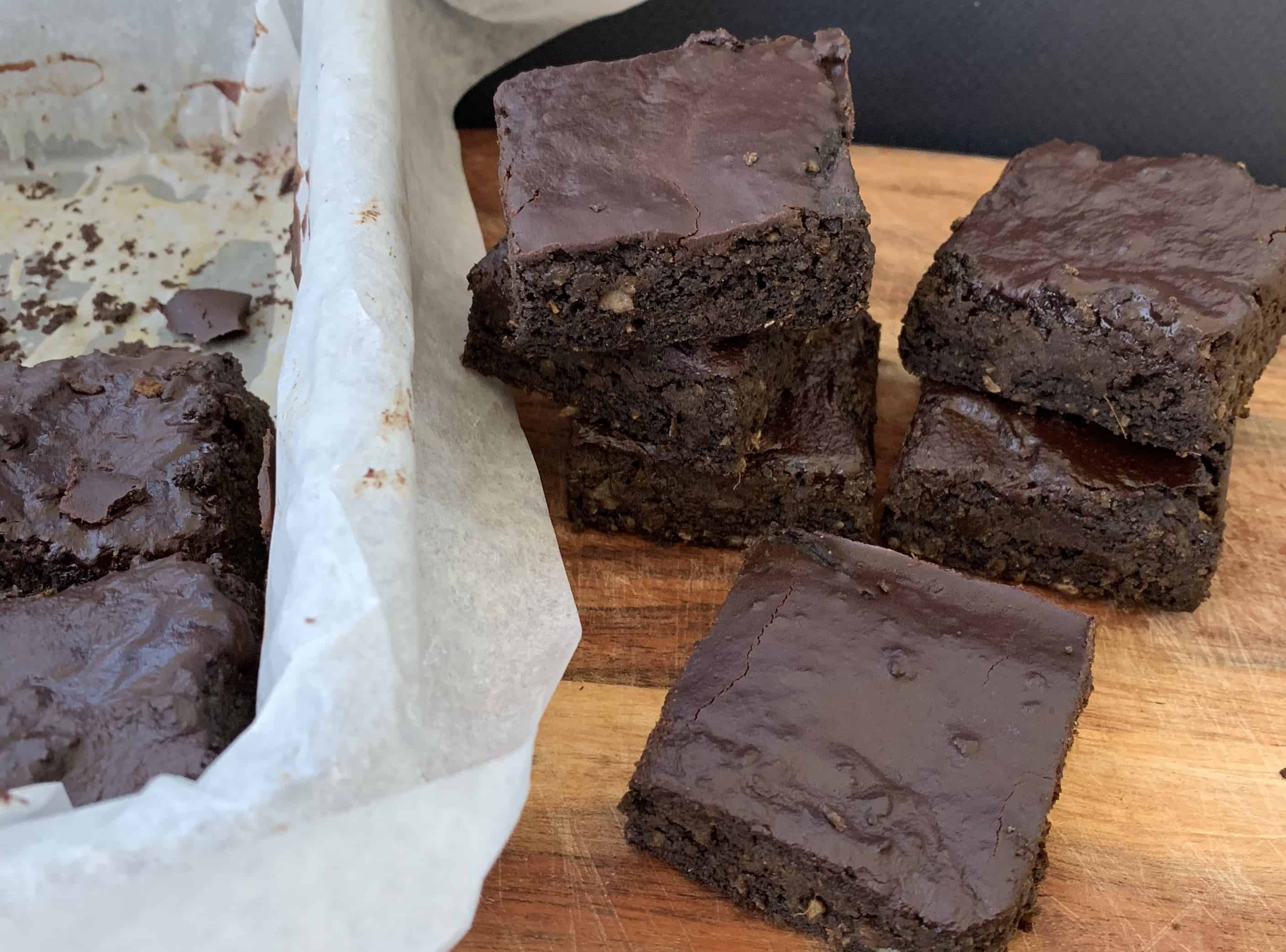
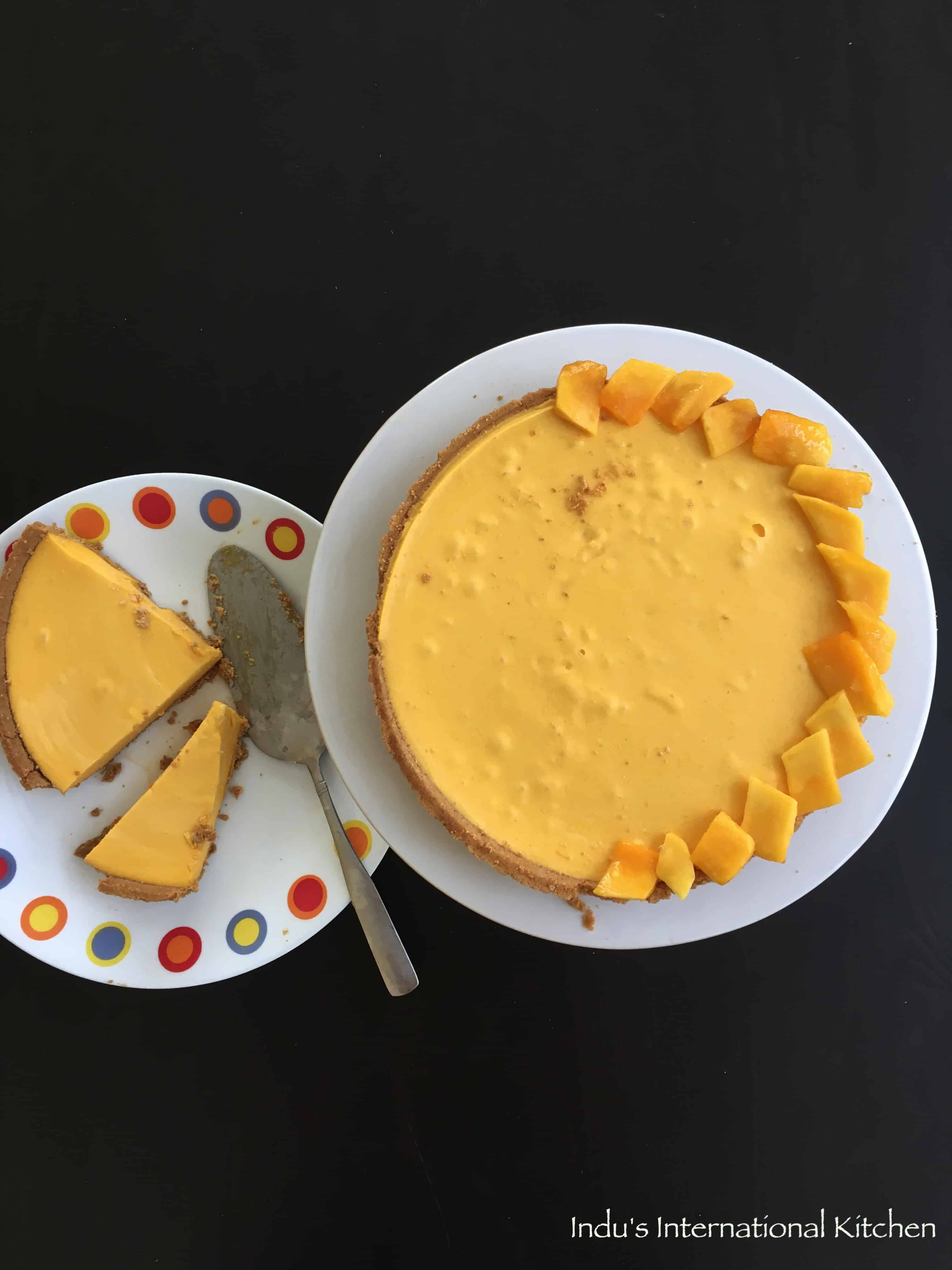
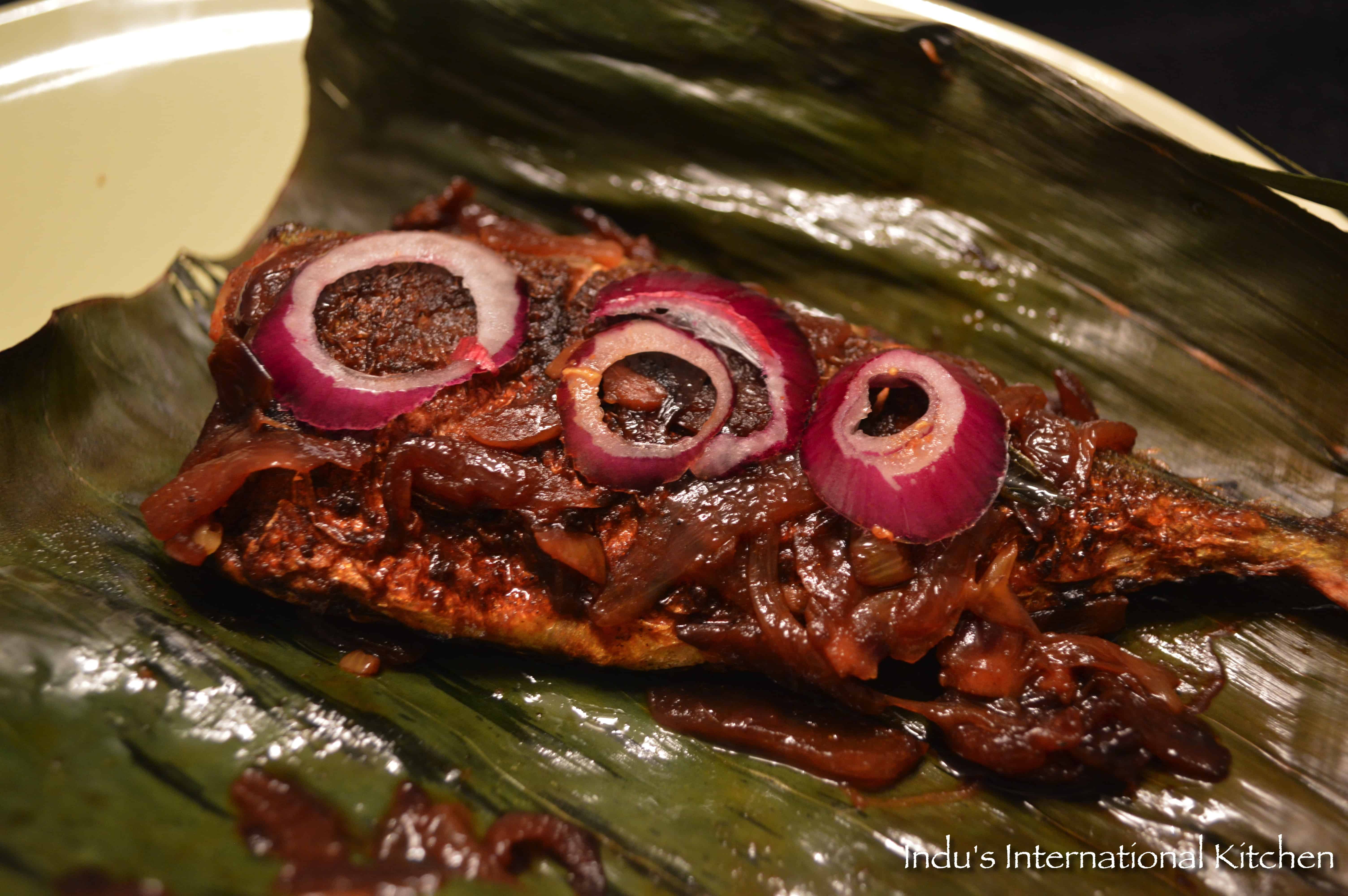
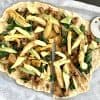

Hi Indu,
Thank you for explaining the fermentation part of the recipe. I will definitely practice that!
I was wondering if you could help me with a challenge that I am facing with any recipe that uses uncooked legumes blended with any amount of water – some times it smells and tastes like grass clippings. I suspect an enzymatic reaction that takes place under some conditions. Any ideas?
hmm..sounds like some fermentation is happening. Are you blending and keeping them aside for sometime. It depends on the recipe. The smell could mean ok or it may not be ok…it depends on what you are trying to do or what recipe you are trying to follow.
[…] like consistency made out of semolina. Traditional South Indian breakfast items include Idli and Dosas which I like to make for lunch or dinner but never for breakfast! But there is this […]